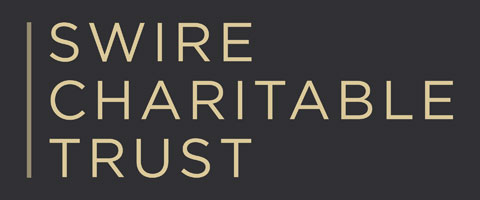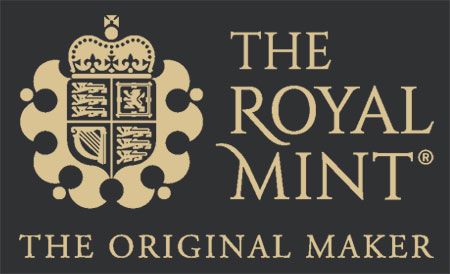Most information is gained by experimentation and experience. Some Victorian sources exist, notably by Burgess, but a lot of written sources are based on conjecture and assumption rather the practical application.
There are many books on arms and armour that reference maille (usually calling it chainmail) but little understanding. Nick Checksfield assisted in the study of the Wenceslaus Armour in Prague with David Edge, Alan Williams and Tobias Capwell after which an article was written for the Acta militaria mediavalia volume VIII.
A video on Nick Checksfield making maille can be found here.






